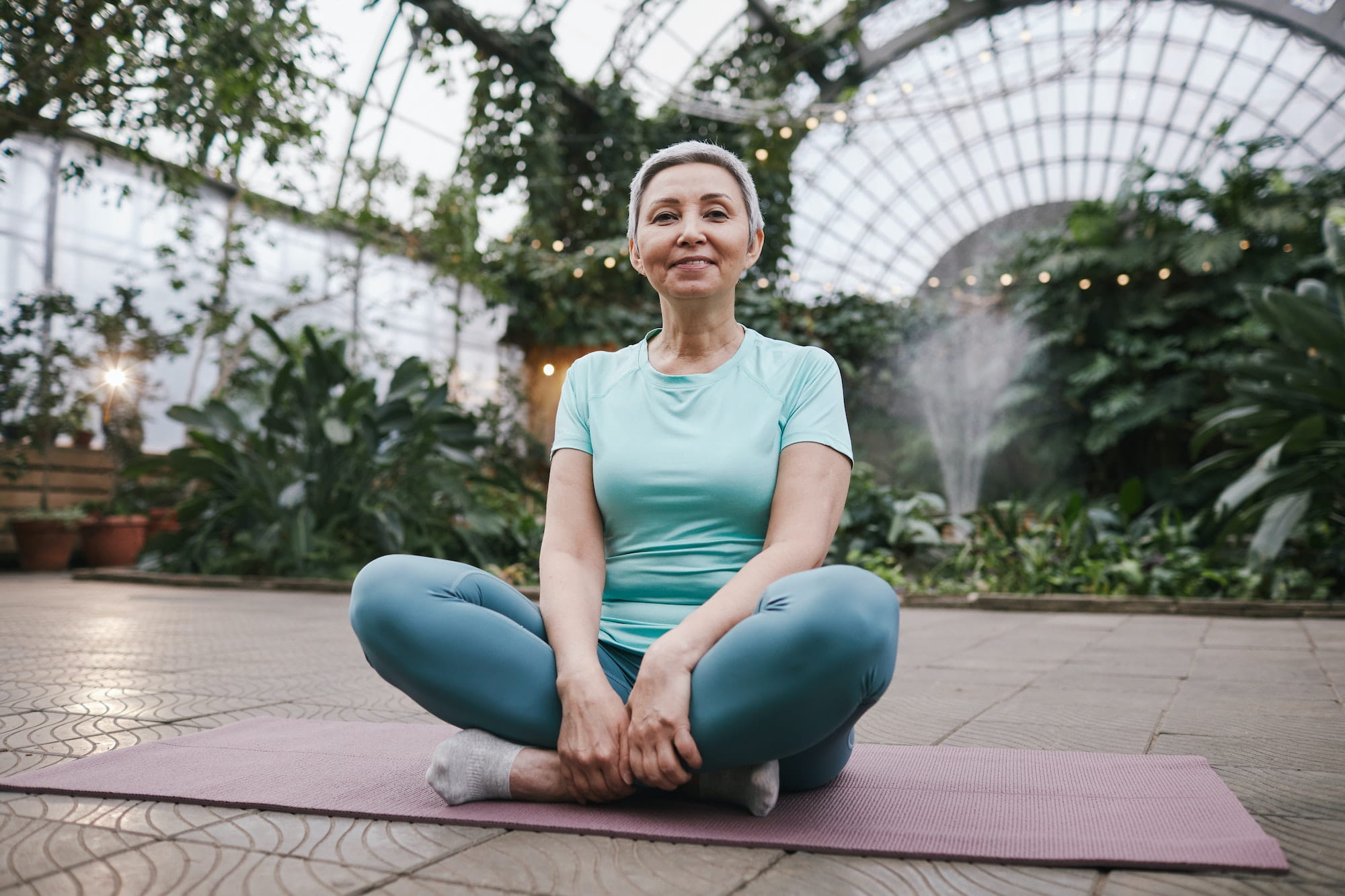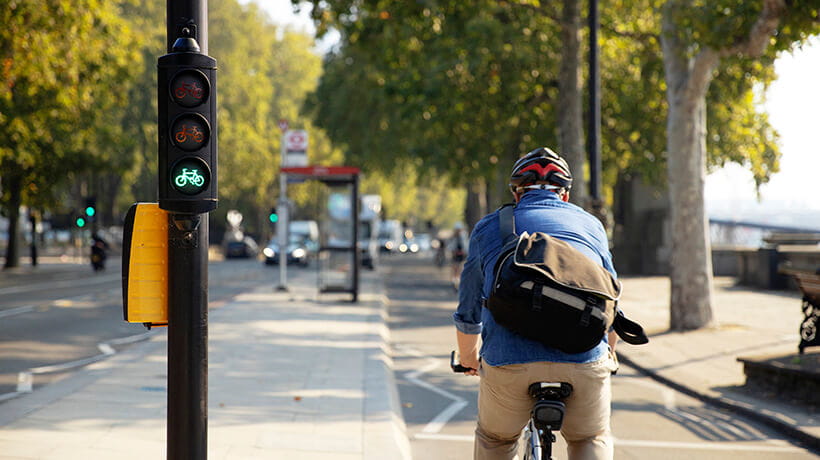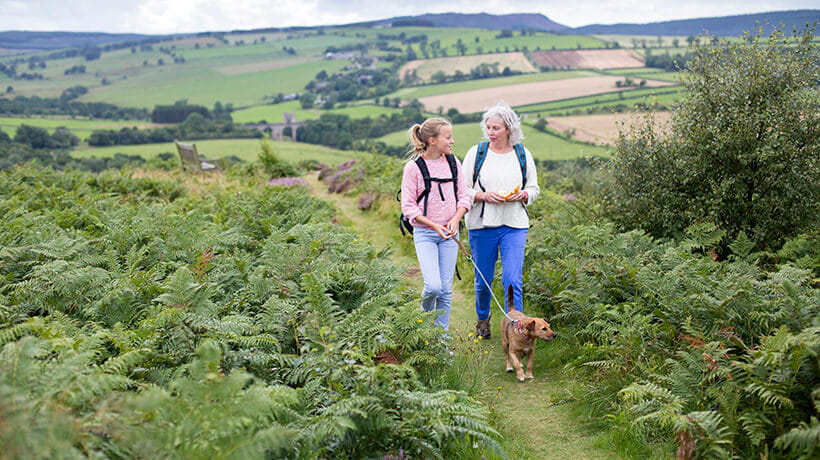

Big blood sugar spikes happen when glucose levels rapidly rise after eating sugary or high-carb foods, leading to a short energy boost followed by fatigue, brain fog and cravings.
Saga Health Insurance surveyed 500 people and partnered with Steve Bennett, a qualified health coach and Parliamentary Advisor on the House of Lords’ Food, Diet and Obesity Committee, to reveal how our eating habits affect our blood sugar levels.
Steve says: “Ultra-processed carbs like white bread, sugary cereals, pasta and baked goods lack fibre and digest rapidly into sugar. Hidden sugars in ‘healthy’ foods like granola bars, fruit juices, low-fat yoghurts and smoothies often contain as much sugar as desserts and are big spikers.
“Unexpected culprits like rice cakes (higher glycaemic index than sugar), dried fruit, sushi with white rice and even sweet potato fries can trigger large glucose spikes.”
The glycaemic index (GI) is a list of common foods and ingredients. Each one is given a score based on how they raise blood sugar levels.
The more processed a product is, such as granulated sugar or white bread, the sharper and higher the blood sugar spike is. This means it’s top of the GI list.
Medium and lower GI foods are generally wholegrain and unprocessed foods, such as vegetables and multigrain bread.
The glycaemic index mainly lists individual foods. But when a low GI food is combined with a high GI one, for example tuna or beans on a jacket potato, the GI rating of the meal itself is medium.
Overnight, your body depletes its stored glucose, so by morning you're running on empty and need a sugar-balanced meal.
For breakfast, 39% of the people in our survey opt for ultra-processed carb-heavy meals like toast, cereal or pastries. These breakfast foods aren’t the best choices as Steve explains: “Blood sugar spikes are primarily caused by ultra-processed carbohydrates, especially those stripped of fibre.”
However, over a quarter (27%) of our respondents opts for something high in protein or fibre, like eggs and spinach or Greek yoghurt and berries – good options for balanced blood sugar levels in the morning according to Steve.
Almost half (49%) in our survey reaches for a chocolatey snack as their preferred sweet treat. And most like it in the late afternoon as a pick-me-up between lunch and dinner.
But Steve recommends to time your treats wisely: “The best time to have a sugar-rich treat is within 30 minutes of a balanced meal. This allows your body to process the sugar more effectively and minimise spikes.”
| Treat time | Percentage |
|---|---|
|
Afternoon slump (around 4pm) |
26% |
|
After dinner (around 8-9pm) |
25% |
|
After lunch |
21% |
|
Mid-morning (elevenses) |
16% |
|
Late night (midnight snack) |
4% |
|
All options |
8% |
Steve says: "Our bodies become more insulin resistant in the evening, meaning the same food eaten at night causes a higher glucose response than if eaten earlier in the day.
“Nighttime spikes disrupt sleep quality, impair overnight cellular repair and contribute to morning brain fog. They also interfere with growth hormone release, which occurs primarily during deep sleep and is essential for tissue repair and metabolic health.”
Over time, repeated big blood sugar spikes contribute to insulin resistance (where your body is less able to regulate its blood sugar levels), increasing the risk of obesity, type 2 diabetes, heart disease and even accelerated ageing.
Heart disease is the third-leading cause of death in England and Wales according to the ONS and Diabetes UK figures show that diabetes levels are at an all-time high.
Steve says: “Incorporating fibre (vegetables, salads and whole grains), protein (lean meats, legumes or tofu) and healthy fats (avocado, nuts and olive oil) at every meal slows the absorption of sugars and helps maintain steady blood glucose levels.”
If you’re looking to swap a chocolate bar for a satisfying, balanced snack, Steve recommends Greek yoghurt with berries, chia seed pudding, hummus with vegetables, some nuts or a boiled egg.
1. The fibre-first principle: Eating high-fibre foods at the start of a meal can significantly reduce glucose spikes. Start with a salad, raw vegetables or a handful of nuts before eating a carb-heavy meal.
2. Strategic food pairing: Combining high-carb foods with protein and healthy fats helps slow digestion and moderate glucose impact. For example, pair dark chocolate with almonds or have berries alongside a dessert.
3. Move after meals: A short 10-minute walk after eating can reduce glucose spikes by up to 30%. Gentle movement helps muscles use up excess sugar before it accumulates.
4. Add a splash of vinegar: Studies show drinking a tablespoon of apple cider vinegar in water before meals can improve insulin sensitivity and lower post-meal glucose levels by up to 20%.
5. Make smart swaps: Replace white rice with cauliflower rice, use leafy greens instead of tortillas, and swap tropical fruits for lower-GI berries.
Understanding food labels during your food shop helps manage balanced blood sugar levels. Steve advises:
Aim for products where fibre is at least half the sugar content.
If you’ve got a Saga Health Insurance policy, you can call the Saga GP Service to speak to GP at a time that suits you. You can call as often as you like and without having to make a claim, making it easy to discuss blood sugar spikes with a UK-registered GP.
Saga Health Insurance is a unique product designed by us specifically for our customers and it is only available through us. Together with our underwriter, Bupa Insurance Limited, we are committed to providing high levels of quality, service and choice. That's why we offer a range of policies that can be tailored to suit your needs and budget.
Health insurance for people over 50 that provides a quicker route to diagnosis and planned medical treatment in a private hospital.


Get quicker diagnosis and treatment with nationwide private hospital options. There’s no upper age limit and you won’t need a medical.
There's plenty to explore and learn about our health insurance cover.

Quicker diagnosis and treatment, and nationwide private hospital options – it’s no wonder customers have chosen us to take care of their health for over 30 years. There’s no upper age limit and you won’t need a medical.

We offer a choice of four health plans, each providing cover for diagnosis and prompt hospital treatment.

From Norwich to Glasgow, Saga uncovers the UK’s most cycle-friendly cities, and the perspectives of different generations on cycling, all the way from Gen Z to those over 50 years old.

We explain the basics about getting health insurance so you could go private for medical treatment.

How can we rejuvenate our mental health and wellbeing as we get older? Our research suggests hobbies – and the natural world – hold the key.

Our guide will help you understand whether your past medical conditions are covered when you take out a new health insurance policy.

If you work for yourself, it really pays to stay healthy. See how health insurance could give you a speedy route to recovery if illness gets in the way of business.

Looking for private health insurance? Read out handy guide to choosing a healthcare provider.